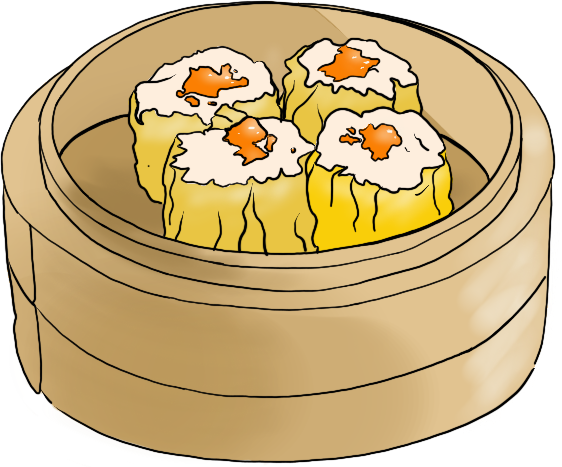This letter is in response to an article in the Scroll’s April issue entitled “Dining Hall Learns Asian Cuisine with Sichuan Chef Shirley Cheng.”
My name is Joseph Ferrer, and I am the Special Events Chef for Deerfield Academy. I have over 16 years of experience as a chef, including endless reading, honing and research of my occupation. I’m writing today to clarify a feature in the most recent issue of the Deerfield Scroll. In the story, Assistant Director of Food Services Mr. Woodward is quoted as saying, “[The goal of this training was to] give us a quick but broad view of different Asian cuisines and cooking techniques… From a lot of different cultures.” I attended this training, as well as many others prior to this. The 3 day “crash” course was intended to introduce the staff, myself included, to authentic techniques, ingredients and flavors from the respective regions in Asia. As an experienced chef, I will say it was quite successful in reaching those goals.

The guest chef and lecturer, Ms. Shirley Cheng, was certainly knowledgeable in the materials she was covering. She has been a professor at the Culinary Institute of America for eighteen years, has worked at several positions in very reputable establishments, and continues, as most great chefs do, to hone her craft. She has won many awards for her work and has built a great reputation based on her knowledge and skill. As an insider in the business, I can tell you she is “the real deal.”
Her course objective was to give us an introduction to, not an encyclopedic view, of Asian cuisine, covering some dishes and the nuances of those particular dishes. When you attend a cooking lecture on regional cuisine, you do not instantly become adept to that cuisine. There is much to know. There is an expectation the individual will walk away from the lesson and then continue to learn about it through research, trial, adjustment, etc.
As I’ve learned in this field, there are different ways of making the same dish. It is as true here, as it is in every region in China, and even within those regions, it remains true from house to house, restaurant to restaurant.
If we think about it, we can use a familiar example of mac & cheese. Everyone here knows what that is, but do we consider that our next door neighbor makes it a bit differently? If we travel to the southern United States, or western, are the chefs there making it the same as each other? So, thinking about Sichuan, specifically yu xiang pork. Are we to believe that everyone in the province makes it exactly alike? That would be ridiculous, and yet, no matter who makes it there, it is still Sichuan, no? So now we have to consider what makes a dish “Sichuan.” Is it the chef? The ingredients? The location where it is prepared? These views are narrow. Equate it to language. Does not someone fluent in Spanish and English speak both, to perfection? Is it not Spanish if spoken in Denmark? It is not only possible for a chef to learn other cuisines, it is possible to master other cuisines. One who says otherwise isn’t speaking from experience, they are speaking from pride. This sort of defense is obsolete with food because everyone eats. With our world growing smaller, we generally are used to and open to eating other cuisines.
As a professional, I pride myself on constantly improving and learning about how to prepare cuisines from cultures other than my own. When I come upon a new dish, ingredient, or technique, I study it with the same passion as some of you may study art, physics, or baseball. I read about it, source the ingredients, try it, and try it again. I treat the cuisine and culture with respect to its origins. I find it laughable, given my experience, that a well motivated, skilled chef could not reproduce dishes from a multitude of regions with the same deftness used by a native chef. I think some of you may be surprised to see who is in your favorite ethnic kitchens.
As chefs, we are a playful group. We sometimes find benefit in combining ingredients or techniques from different cultures. It is known as “fusion cuisine.” When done well, it is of great reward not only to the inventor of the new dish, but also to the community to which he or she presents it. When you see something on the menu called “Asian Tacos,” it is not meant to imply it is an authentic dish. It is assumed the diner will know it is neither Asian or Mexican, but a melding of ideas into something new. It is a no-brainer, meant to show how well some things can go together that would not normally be found in the wild. What could be more inclusive than that?
And lest we forget the whole reason for the training in the first place, we did it for the community. Your kitchen is staffed by some very special people who get joy out of serving you. We always strive to be better because that means you will be happier as a result. These courses are not easy. We don’t do them in a bubble, studying and learning only to not use any of it. We do it because we want to give the community our best every time. We appreciate constructive criticism, because it makes us better. We try not to have people laugh at our efforts. Who would want that?

